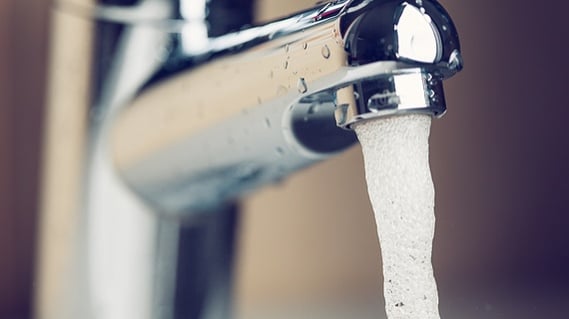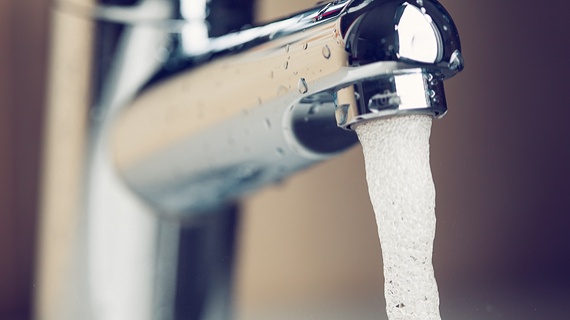
Ensuring water safety is an important consideration for all owners of premises in the UK. From hotels to care homes, there is a responsibility to provide hot and cold water whenever it is needed, as well as protecting the health and safety of residents, staff, and visitors from scalding and risk associated with legionella bacteria.
However, mitigating one problem could affect the other. Here’s what you need to know about the use of thermostatic mixing valves (TMVs) and their potential impact on legionella control.
What is a TMV?
TMVs are devices that are fitted to a water system to help regulate temperature at the outlet. They do this by blending hot and cold water to produce a constant and safe water temperature, regardless of fluctuation of input pressure and other variable factors that could be dangerous.
Why are TMVs so important in water systems?
Recent figures show that hot bath water is responsible for the most fatalities and injuries in the home. According to the data, nearly three-quarters of the deaths are those over 65, while three-quarters of serious scalds are suffered by children under five. These age groups are particularly vulnerable to hot water injury because of their thinner skin, making them scald more quickly and suffer deeper burns.
By efficiently controlling the hot water supply for outlets in a water system, TMVs are now considered the ideal way to reduce the risk of scalding from hot water.
How they can affect legionella control
Legionnaires’ disease is a potentially fatal form of pneumonia, contracted by inhaling drops of water in the air that contain the legionella bacteria. This organism often thrives in man-made water systems, particularly when water temperatures hover between 20° and 45° C.
As such, a business’ legally required legionella control measures may involve maintaining temperatures outside of these limits in order to kill the bacteria – keeping cold water under 20° C and hot water above 50° C. The installation of TMVs therefore brings an associated legionella risk, because it drops the temperature of the hot water supply below the recommended maximum of 50° C for safety reasons.
Minimising the risk
It is imperative that all TMVs are well serviced and maintained (at least once a year) to ensure they are working as needed and maintaining a correct temperature within the wider system – as well as ensuring no build-up of dirt that could lead to additional legionella growth.
They also need to be installed as close to the outlets as possible, ideally only serving a couple rather than the whole system. Too close to the water heaters means a drop in temperature for a much longer length of pipework to the outlet, which can then become a breeding ground for the bacteria.
If you’re unsure about what else you need to know about adequate legionella control on your premises, make sure you stay compliant with all regulations by downloading our easy-to-use legionella compliance checklist today.








